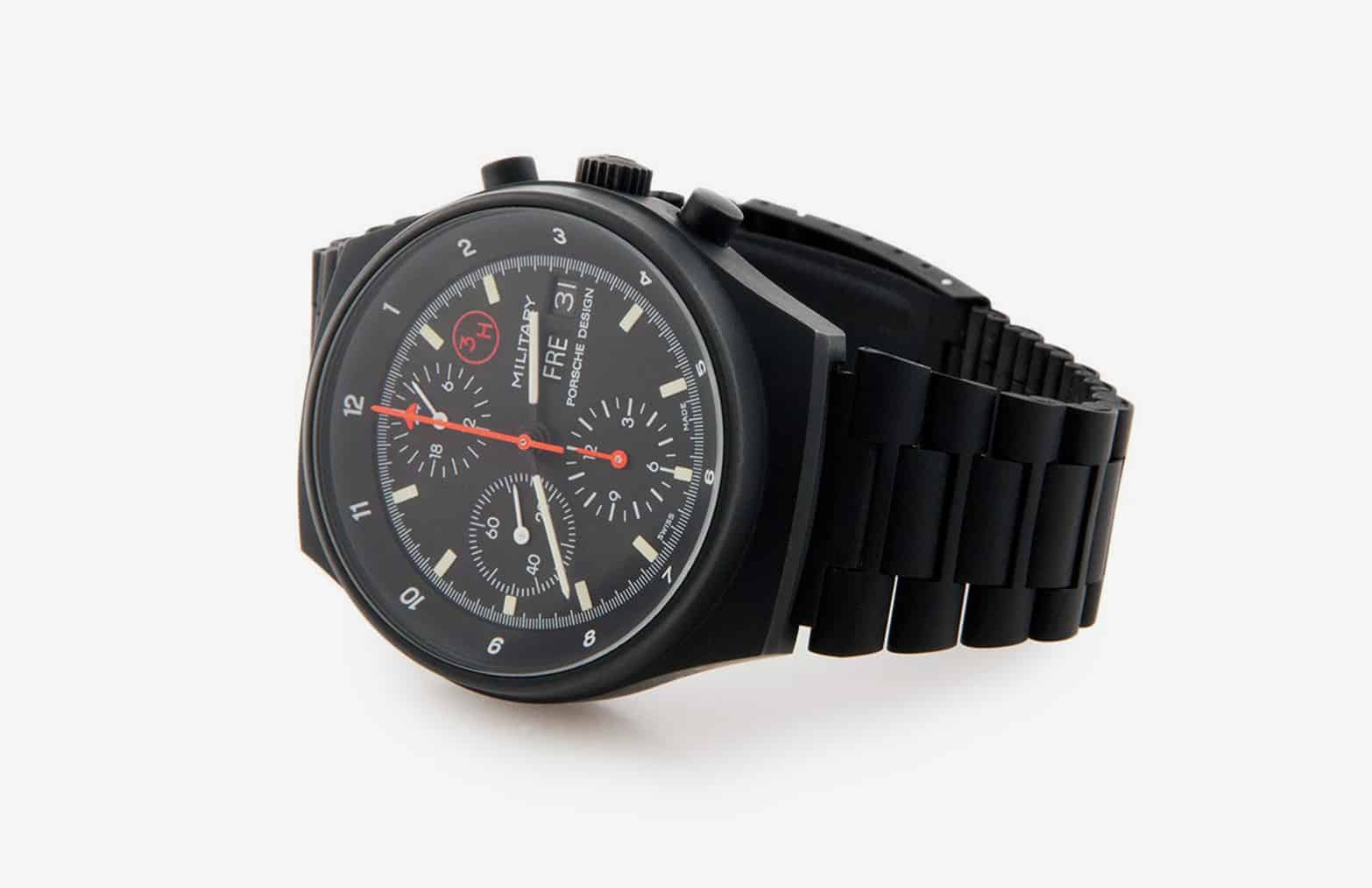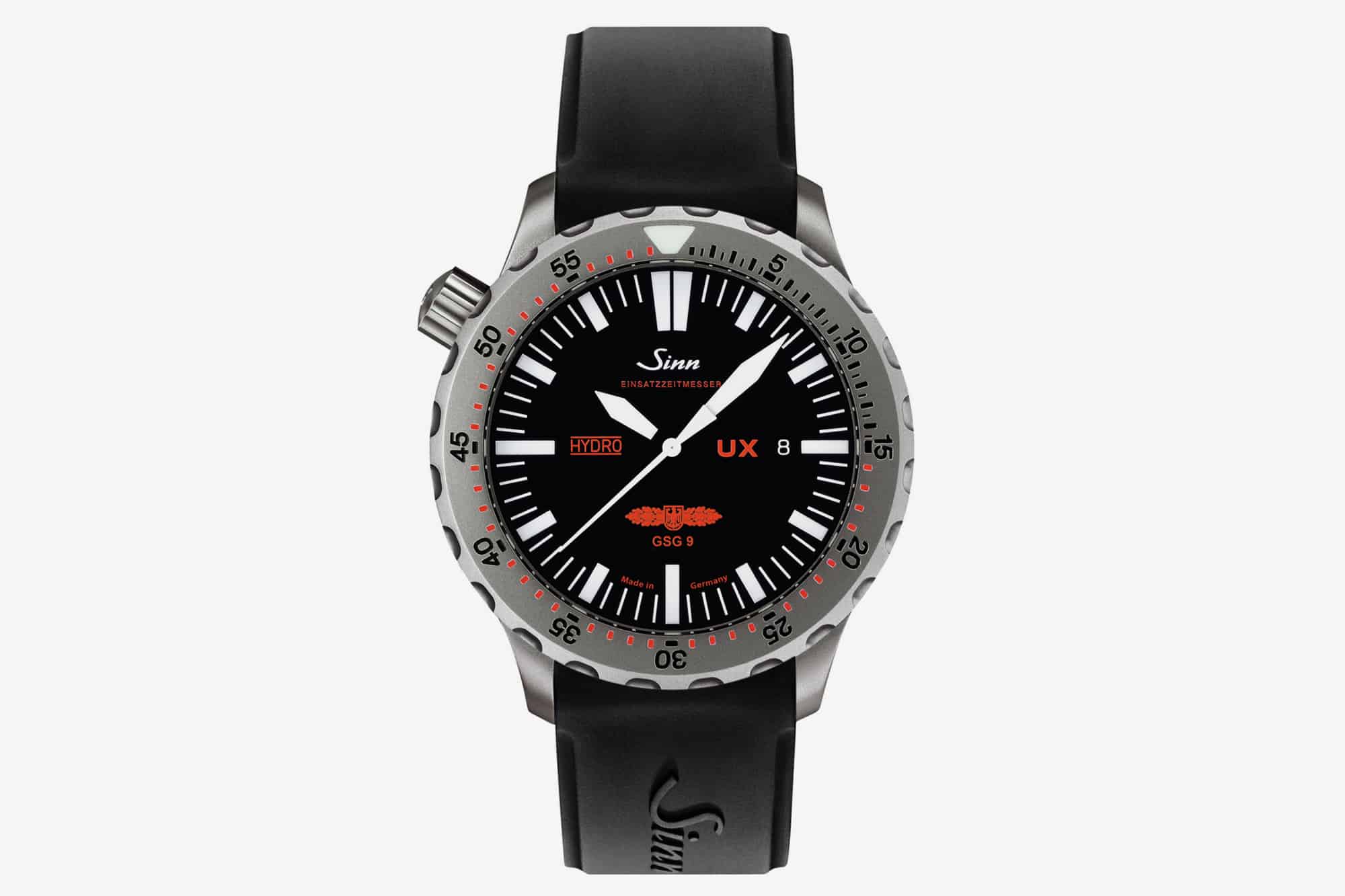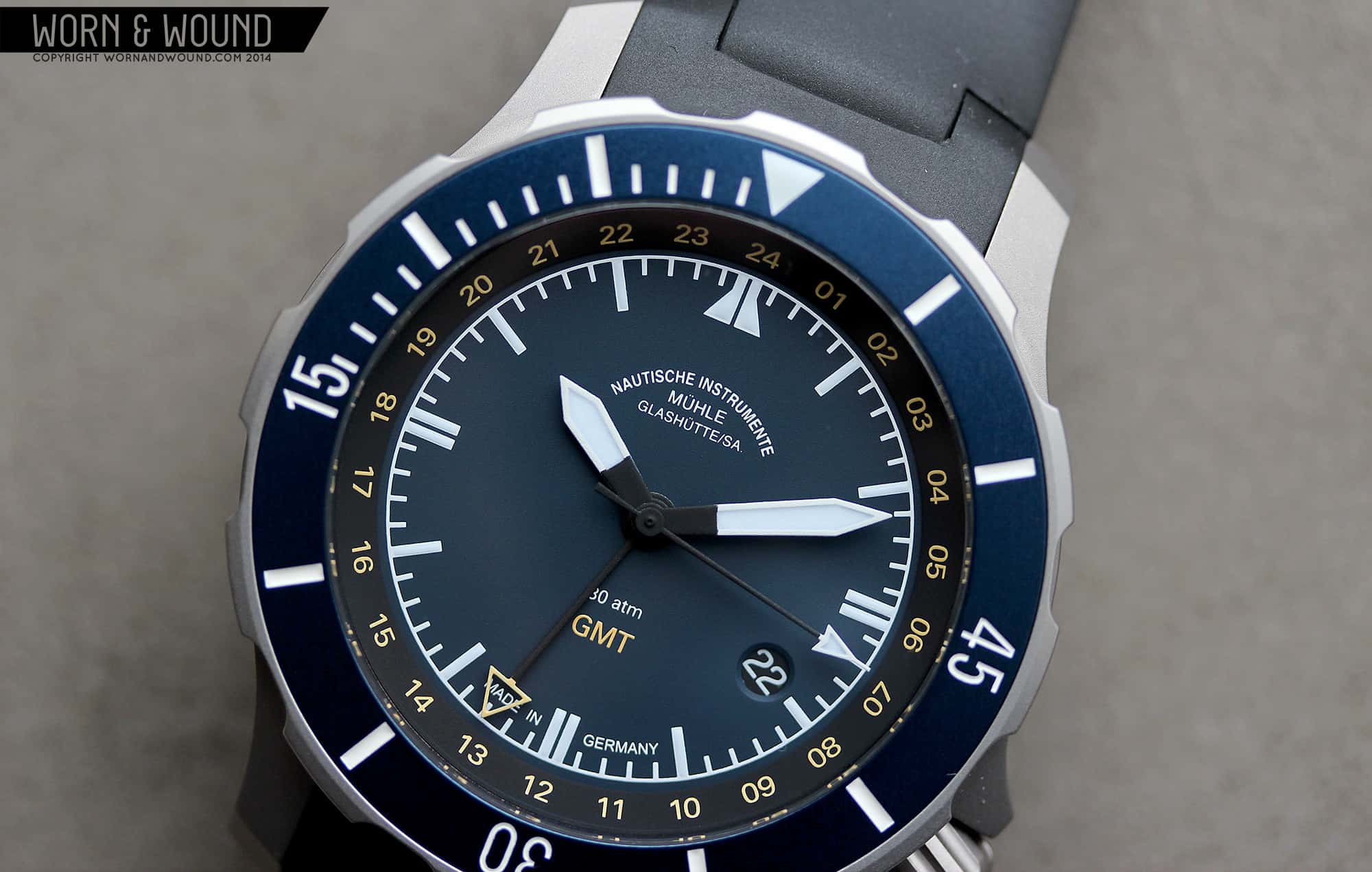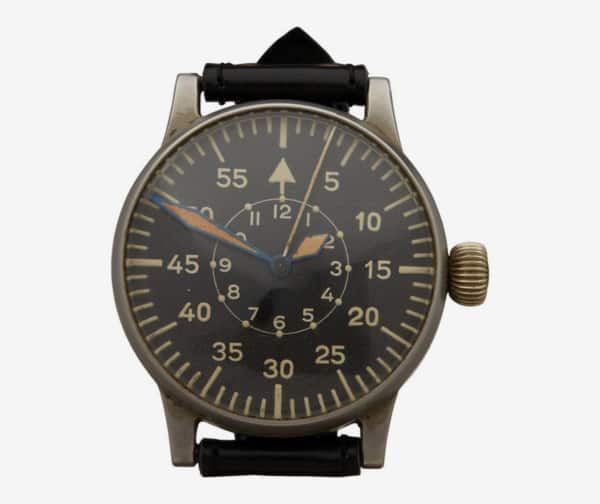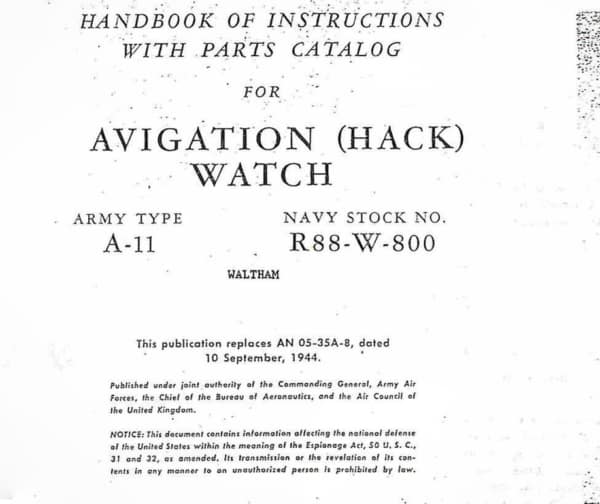The end of World War II saw a shattered Germany divided into the Federal Republic of Germany (West) and the German Democratic Republic (East). In Part 2 of the third and final installment of our series focused on military watches from around the world, we are going to take a look at German military watches post World War II through the present.
Post World War II
In 1959, Junghans delivered the J88/0110 to the Bundeswehr (unified German military). This is a dual-register, two-button chronograph without a flyback complication and it’s fitted in a brass case. The watch has a 30-minute counter and a running seconds counter, as well as a rotating bezel, which would later be replaced with a 12-sided scalloped bezel on the model 0111 introduced in the mid-1960s.
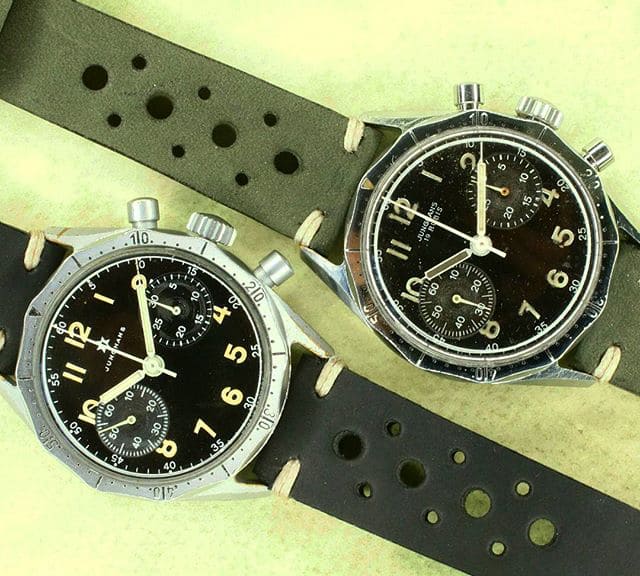
Beginning in 1967, the Bundeswehr began issuing a watch produced by Heuer—the famed 1550 SG—to soldiers in various branches of the armed services, but particularly to pilots. The 1550 is a dual-register flyback chronograph housed in a 42-millimeter stainless steel case and powered by the Valjoux 22, 220, or 230 caliber. Though there are several dial variations in existence, all 1550 SGs feature a rotating 60-minute bezel, running seconds at nine o’clock, a 30-minute totalizer at three o’clock, a central chronograph second hand with flyback functionality, tritium lume, and a front-loading movement with a case back affixed via four screws. Many of the dial variations feature a red “3H” inside a red circle, a symbol indicating the presence of tritium.
Sinn held the contract to service these watches in the 1980s (they were in continuous use well through the 1990s). Their watchmakers would sometimes use a replacement dial bearing the Sinn name if the original dial was in rough condition, and so it’s possible to find a genuine issued 1550 bearing Sinn branding rather than Heuer.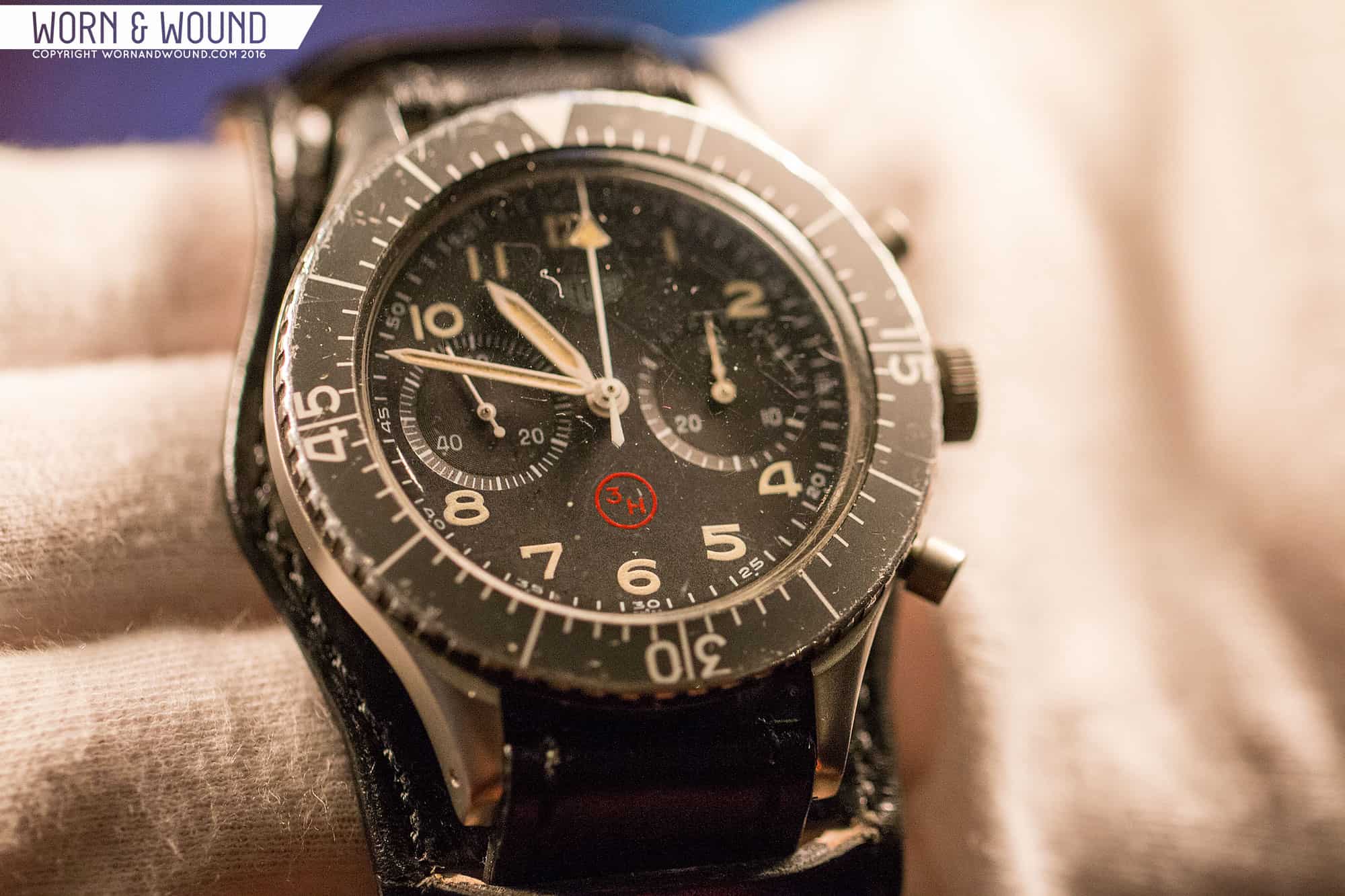









 Featured Videos
Featured Videos




